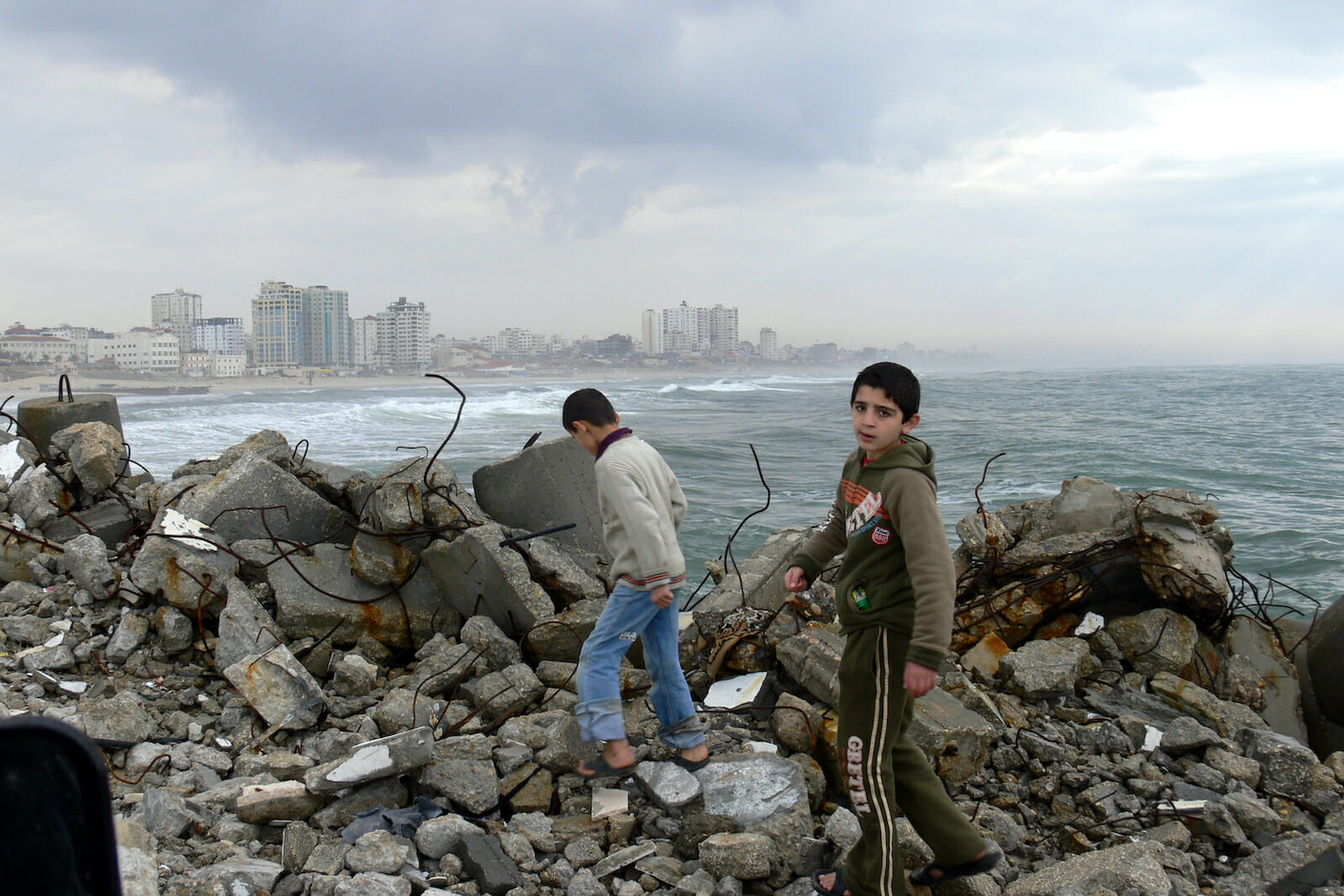
Children in the Crosshairs: How the Israeli-Palestinian Conflict Places Children at Greater Risk
After nearly two weeks of fighting, a ceasefire was agreed to between Israel and Hamas. There are no guarantees that this latest ceasefire will hold. As with previous ceasefires, this one is equally as tenuous. The violence and bloodshed characterizing this conflict has been ongoing for many years with no end in sight unless and until sensible and reasonable leadership on both sides takes hold. At present, this is unlikely.
Four times in twelve years these two sides have gone to war with heavy bombardment by Israel into the Gaza Strip and subsequent launching of rockets by Hamas into Israel. The outcome? It lasts for a period of days or weeks, a ceasefire is reached then broken, and the cycle of violence starts all over again.
In the wake of this recent conflict, there is one aspect of this violence garnering extraordinarily little attention in the media and that is, the effects the violence has on the most vulnerable amongst us – the children who must live amid such chaos.
According to Save the Children, the long-term effects upon Israeli and Palestinian children will be with them for years to come. Approximately 65 Palestinian children and 2 Israeli children were killed since the recent wave of violence commenced on May 10th. Schools in Gaza have been severely damaged adversely affecting children’s education.
The mental health of children is imperiled as they may suffer long-term effects such as anxiety, fear, and stress leading to physical and mental ailments which may not present themselves for many years, according to Save the Children.
Civilian casualties, like children, are known in military parlance as “collateral damage.” Innocent and vulnerable victims labeled as “collateral damage” because parties to the conflict cannot settle their differences and reach acceptable outcomes that would satisfy both sides.
This begs the question: Doesn’t the international community have a duty and responsibility to protect the human security of these innocent victims? The short answer to this question is yes, they do. But do they abide by the rules and norms for protecting children in conflict? The answer to this question is they do not, evidenced by the recent hostilities. So, what rules and norms are being violated and what steps can the international community take to make certain they are adhering to them?
At the 2005 World Summit, all UN member states affirmed the doctrine of responsibility to protect (R2P or RtoP) to safeguard populations from crimes committed in the process of waging war. R2P lays out three pillars: The responsibility of each state to protect its populations; the responsibility of the international community to assist states in protecting their populations; the responsibility of the international community to protect when a state is demonstrably failing to protect its populations.
While R2P is not legally binding, it does provide a necessary framework for states to utilize when it comes to protecting their populations, especially children. Moreover, the crimes it seeks to prevent are specified in international law, such as the Genocide Convention, the Geneva Conventions and additional protocols, and the Rome Statute of the International Criminal Court.
In 1989, the UN Convention on the Rights of the Child (UNCRC) was developed as the first legally binding international mechanism that assimilates a broad range of human rights, including civil, cultural, economic, political, and social for children. The signees to this document hold themselves accountable for guaranteeing that the rights of children are safeguarded. One of the most important human rights set forth in the UNCRC is a child’s right to survival.
On July 3, 1990, Israel signed the UNCRC, and it was subsequently ratified by the Knesset. As a party to the Convention, is Israel accountable for its actions under this legally binding agreement? Another important question that needs to be raised as well is whether Hamas, as a non-state armed group, is accountable?
The UNCRC is composed of 18 independent experts who are experts in the field of human rights who bear the responsibility to supervise the implementation of the Convention by the countries that ratified it. However, as a signatory to the Convention, Israel is responsible for enforcement within its borders as well as in the Occupied Palestinian Territory. Moreover, as the International Court of Justice has pointed out, Israel is charged with ensuring and protecting the sanctity of human rights in Palestine too. It is easy to see that Israel has abdicated its responsibility in this area.
The UN Children’s Fund conducted a study regarding children in the Gaza Strip and wrote that they suffer from “flashbacks, nightmares, agoraphobia: even children are not spared from the repercussions of war.”
So, put simply, this sums up the scourge of war and its long-lasting effects upon the innocent victims – our children. For all the words spoken and written about what needs to be done and the horrific images shown of children dying, this conflict wages on with no end in sight. For the sake of our children, let us hope and pray that some sense of reasonableness will take over; optimistic, yes, but one must cling to optimism during such times.
